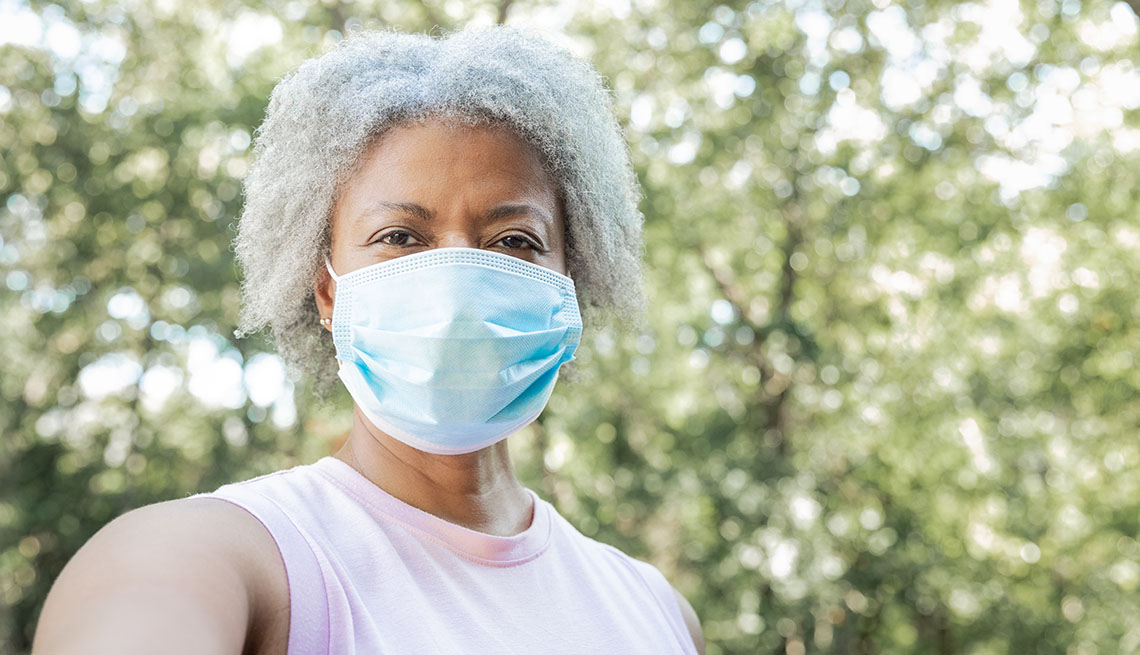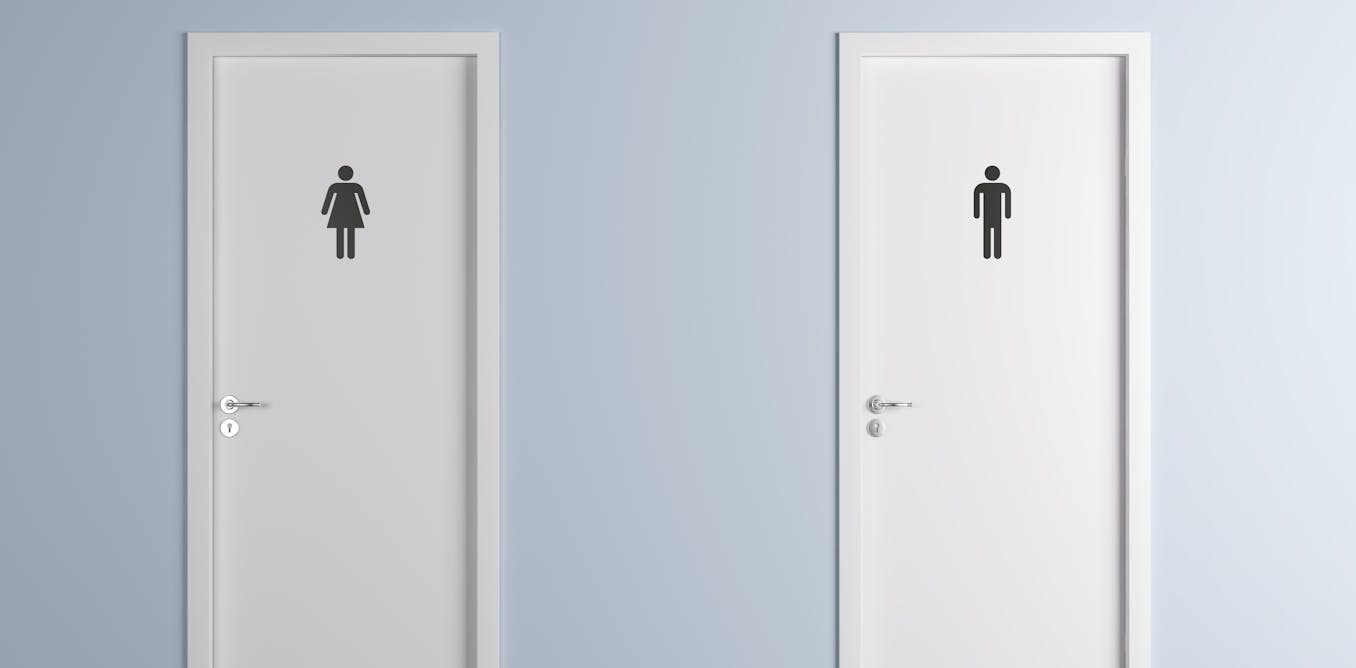
- Select a language for the TTS:
- UK English Female
- UK English Male
- US English Female
- US English Male
- Australian Female
- Australian Male
- Language selected: (auto detect) - EN
Play all audios:
"We implore everyone to follow these three simple science- and evidence-based steps to help stop the spread of COVID-19: Wash your hands, practice physical distancing and wear a mask,”
AMA President Susan R. Bailey, M.D., said in a statement. “Cases are at record highs across the country, and with the holidays quickly approaching, each of us must do everything possible to
reduce the spread of COVID-19. Failing to do our part will prolong the suffering and disruption to our lives, and inevitably lead to more deaths of our friends, neighbors and loved
ones." Beyond saving lives, the CDC guidance suggests mask wearing may also be good for the economy, saying that if mask use is adopted by an additional 15 percent of Americans it could
“prevent the need for lockdowns and reduce associated losses of up to $1 trillion, or about 5 percent of gross domestic product." MOUNTING EVIDENCE OF MASKS’ EFFECTIVENESS The
CDC's revised guidance suggesting face masks offer protection to the wearer is based on the latest research into how the coronavirus is spread. In particular, it pointed to a study
involving more than 1,000 people in Thailand who were interviewed as part of contract tracing investigations. Those who always wore masks were substantially less likely to have been infected
than those who never wore masks, the CDC said. Another investigation showed that a universal mask policy at a hair salon in Springfield, Missouri, protected clients of two stylists who were
ill with COVID-19. Over an eight-day period, the stylists interacted with 139 clients an average of 15 minutes each. All of the clients and staff wore masks. Among 67 clients who agreed to
an interview and testing, none was infected. Researchers have also found that multilayered, cotton fabric face masks are effective filters of respiratory droplets. "Upwards of 80
percent blockage has been achieved in human experiments that have measured blocking of all respiratory droplets, with cloth masks in some studies performing on par with surgical masks as
barriers for source control,” the CDC guidance says. Studies have shown that multiple layers of cotton fabric with higher thread counts (rather than single layers of cloth) filter nearly
half of fine particles. Polypropylene can enhance the filtration effect by creating a static electric charge. And silk may help repel moist droplets to reduce fabric wetting and maintain
breathability, according to the CDC.






